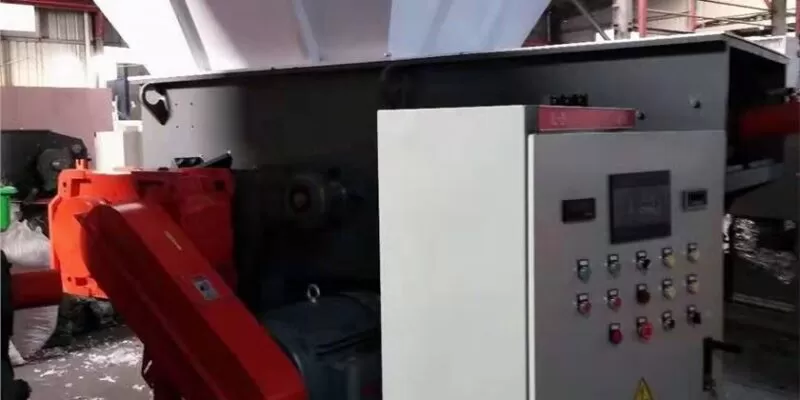As the CEO of Amige, a leading producer of plastic crushers and shredders, I’m always keen to stay updated on the latest trends in recycling, particularly foam recycling. It’s a topic that’s not only crucial for our environment but also significantly impacts our business and that of our customers.

Foam recycling has been a challenging topic for years, but recent advancements have made it more feasible and efficient. With new technologies and processes, recycling foam is no longer a distant dream but a practical reality. This is great news for businesses like ours and for the planet.
Foam recycling is increasingly relevant due to the rising awareness of environmental issues and the need to manage waste more effectively. But what exactly are the latest developments in this field? Let’s dive in.
How Has Foam Recycling Evolved Recently?
Foam, particularly expanded polystyrene (EPS), has long been a recycling challenge. It’s bulky, lightweight, and often contaminated, making it a tricky candidate for traditional recycling processes. However, recent advancements have brought significant changes.
What Are the Breakthrough Technologies in Foam Recycling?
One of the most exciting developments in foam recycling is the use of advanced thermal compaction technologies. These systems melt EPS foam, reducing its volume significantly and making it easier to transport and recycle. The resulting material can be used in a variety of applications, from construction materials to new packaging solutions.
Are There New Markets for Recycled Foam?
Absolutely! The market for recycled foam is rapidly expanding. With the rise in eco-conscious consumerism, many companies are looking to incorporate recycled materials into their products. Recycled foam is now being used in everything from picture frames to insulation materials, showcasing its versatility and sustainability.
How Does Foam Recycling Benefit Businesses?
From a business perspective, foam recycling opens up new opportunities. It not only helps companies reduce their environmental footprint but also cuts down on waste disposal costs. For businesses like ours that produce equipment for recycling, it’s a growing market with immense potential.
What Role Do Policies Play in Foam Recycling?
Government policies and regulations are crucial drivers in the foam recycling sector. Recently, there has been an increase in legislation aimed at reducing foam waste and promoting recycling. This regulatory push is creating a more favorable environment for businesses and consumers to adopt foam recycling practices.
How Can Companies Adapt to These Changes?
For companies in the recycling and waste management sector, staying abreast of these changes is key. Investing in new technologies, exploring partnerships in the recycled materials market, and aligning with environmental policies are essential strategies. It’s about being proactive rather than reactive. companies in the recycling and waste management sector, staying abreast of these changes is key. Investing in new technologies, exploring partnerships in the recycled materials market, and aligning with environmental policies are essential strategies. It’s about being proactive rather than reactive. [
What’s Next for Foam Recycling?
The future of foam recycling looks bright. With ongoing technological advancements and increasing global awareness, we can expect to see even more innovative solutions and applications. It’s an exciting time for those of us in the recycling industry, as we play our part in creating a more sustainable world. solutions and applications.
Conclusion
Foam recycling is evolving rapidly, offering new opportunities and challenges for businesses and the environment. As a leader in the plastic crusher and shredder industry, staying informed and adaptable is key to our success and contribution to a greener future. Let’s keep pushing the boundaries of what’s possible in foam recycling.
